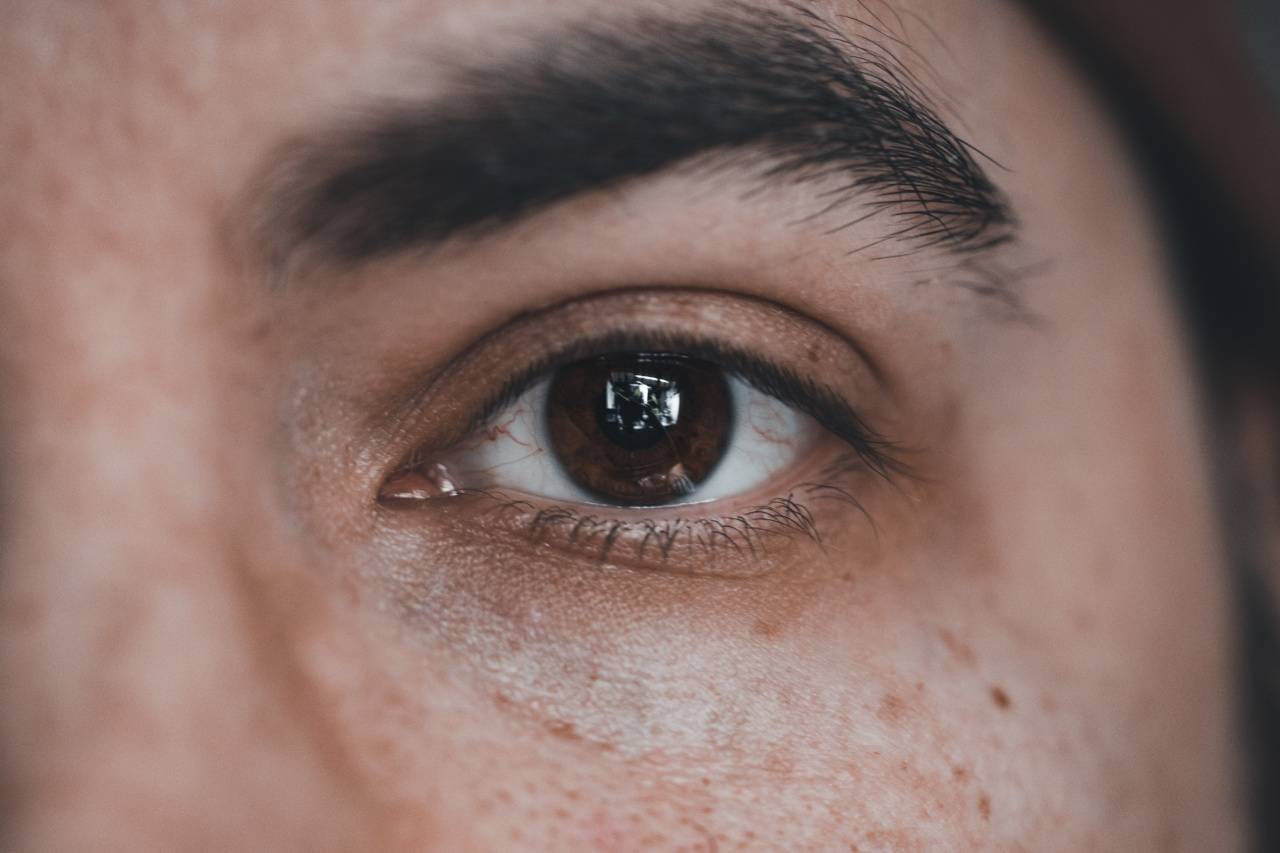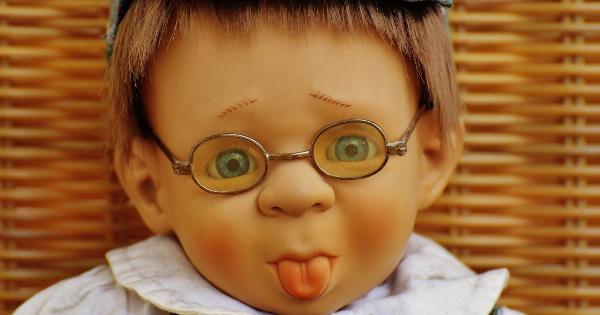Pediatric eye exams are essential for the healthy development of a child’s eyesight. Not only do they help detect vision problems early on, but they also ensure that a child’s eyes are developing correctly.
In this article, we will discuss the details involved in a pediatric eye exam, and how parents can prepare their children for the visit.
When should children have their first eye exam?
According to the American Optometric Association, children should have their first eye exam at six months of age. This exam is critical because it checks for visual acuity, binocularity, and eye health.
After this initial exam, children should have another exam at age three, and then again at age five or six before they start school. Once a child enters school, it’s recommended to have an annual eye exam to ensure that their vision is stable and that their eyes are developing correctly.
What does a pediatric eye exam entail?
A pediatric eye exam involves several tests that are designed to evaluate the child’s visual acuity, eye alignment, and eye health. Here are some of the common tests that your child’s eye doctor may perform:.
Visual acuity test
The visual acuity test is designed to evaluate how well a child sees. During this test, the child will be asked to read letters or shapes on a chart from a specific distance.
The chart gets gradually smaller as the test progresses, and the child’s score helps determine if they need corrective lenses.
Binocular vision and color vision testing
To evaluate binocular vision, the eye doctor will observe how well the child’s eyes work together. During color vision testing, the child may be asked to identify colored shapes or pictures.
Eye alignment and tracking
Eye alignment and tracking testing may involve covering one eye and having the child track an object, such as a flashlight. The goal is to evaluate how well the eyes work together and how quickly they can adjust to changes in focus.
Eye health evaluation
The eye doctor will also evaluate the child’s eye health through a series of tests. For example, they may use a special light called a slit lamp to get a closer look at the child’s eye structures.
They may also dilate the child’s eyes to evaluate the retina and other internal structures.
Preparing your child for a pediatric eye exam
It’s essential to prepare your child for a pediatric eye exam to help them feel comfortable during the visit. Here are some tips to keep in mind:.
Explain what will happen during the exam
Explain to your child what will happen during the exam in a way that they can understand. Let them know that the doctor will look at their eyes and that they may need to read some letters or look at pictures.
Make it a fun experience
Show your child that going to the eye doctor can be a fun experience. Encourage them to ask questions and be curious about the tests that the eye doctor performs.
Bring comfort items
Consider bringing along a favorite toy or blanket to help your child feel more comfortable during the visit.
Be patient
Be patient and supportive during the visit. Pediatric eye exams can take some time, and your child may become restless or fidgety. Be calm and reassuring so that they feel safe and secure during the visit.
Conclusion
As children grow and develop, regular eye exams are essential to ensure that their eyes are healthy and developing correctly. If you’re not sure when your child should have their next eye exam, contact your eye doctor to schedule an appointment.
By preparing your child for the visit and making it a positive experience, you can help set them up for a lifetime of healthy vision.





























